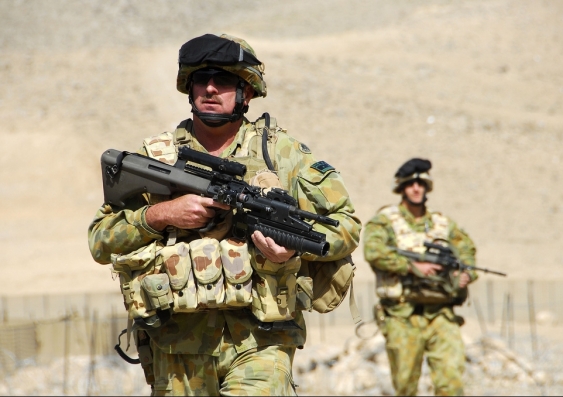Fourteen years on, what next for Australia's role in Afghanistan?
After 14 years of continued military presence in Afghanistan, the Turnbull government must decide what's next for Australia in the conflict, writes Ian Bickerton and Christopher Kremmer.


